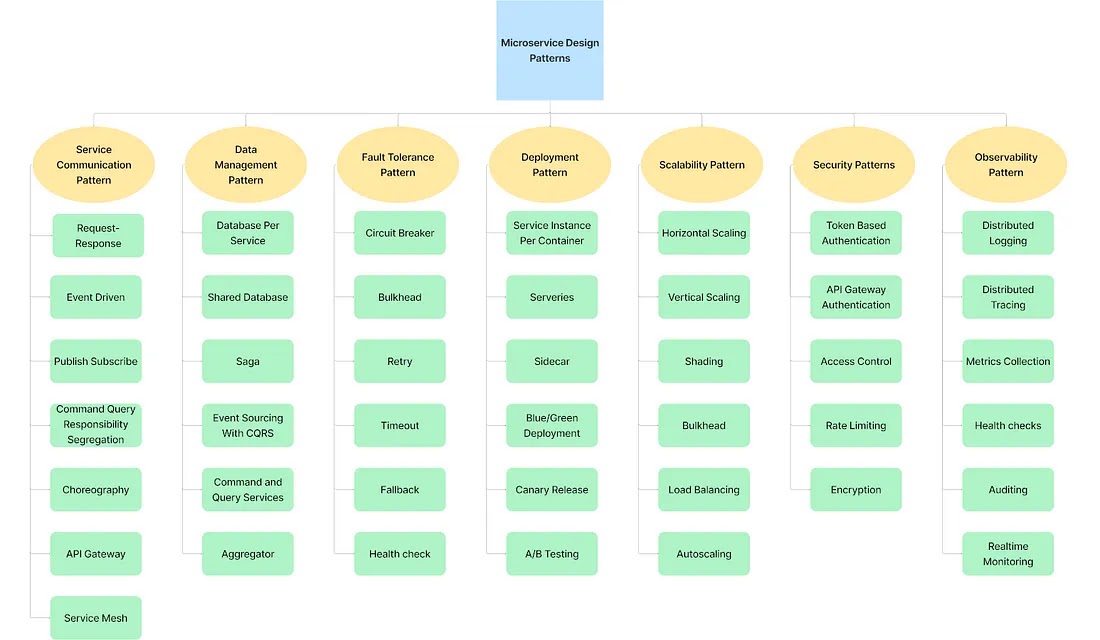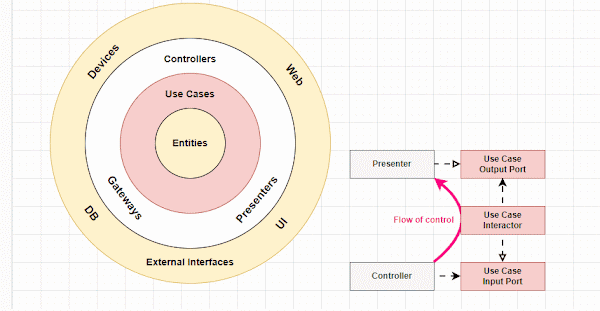Evolution: Delegates to Lambda to Expression Trees

🔸 The Evolution Journey: From Delegates to Lambda to Expression Trees - Understanding how C# evolved from basic function pointers to powerful expression manipulation. Historical Context: 🔸C# started with basic delegates in .NET 1.0 (2002). 🔸Anonymous methods were introduced in C# 2.0 (2005). 🔸Lambda expressions revolutionized the language in C# 3.0 (2007). 🔸Expression trees enabled powerful metaprogramming capabilities. 🔸This evolution made functional programming and LINQ possible. 2002 - C# 1.0 Stage 1: Traditional Delegates 🔸Basic function pointers with explicit method declaration. 🔸Required separate named methods for each delegate instance. 🔸Verbose syntax but type-safe and powerful. 🔸Foundation for event handling and callbacks. // C# 1.0 - Traditional Delegate Approach public delegate bool NumberPredicate(int number); // Required separate method declaration public static bool IsEven...








